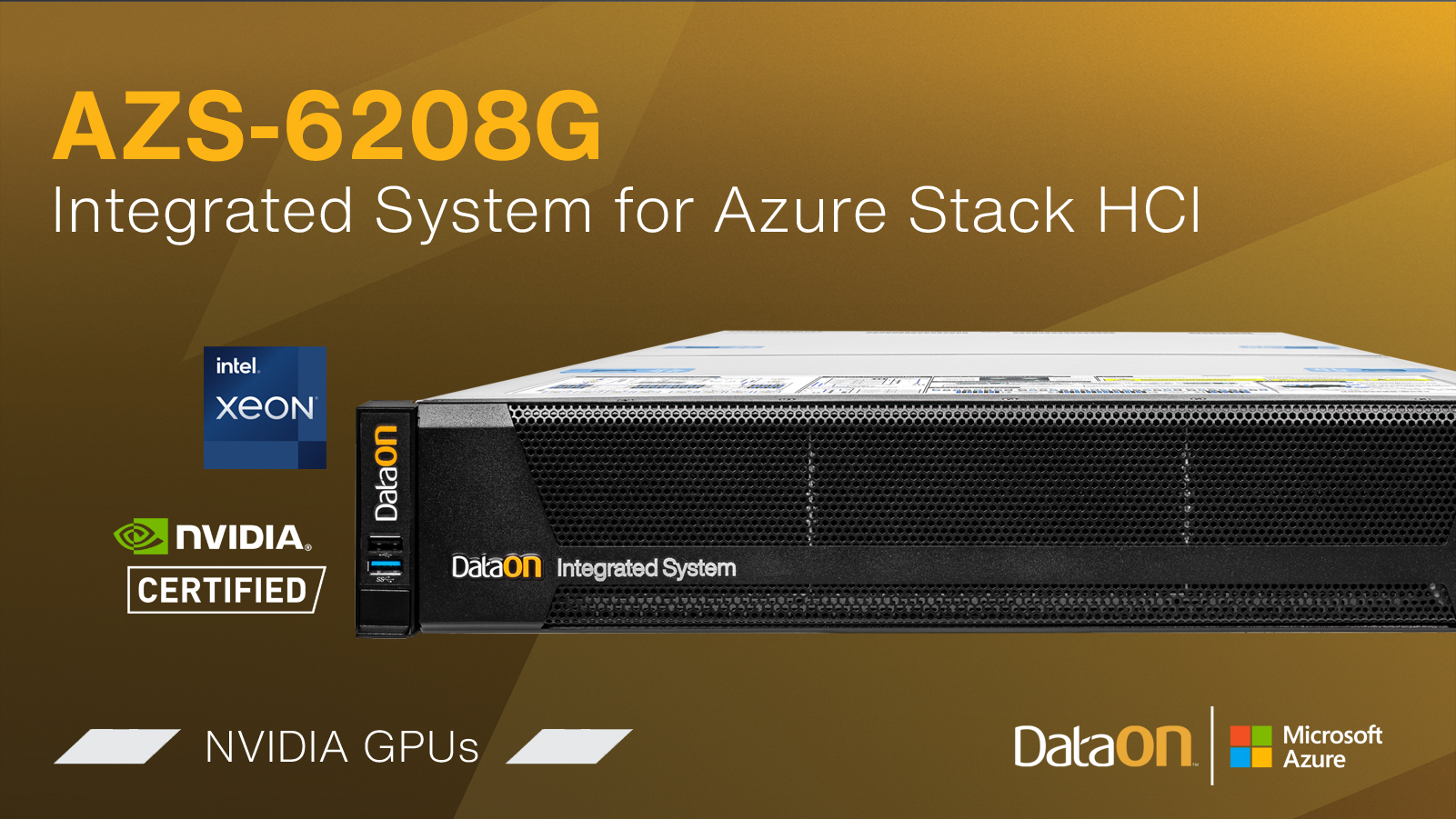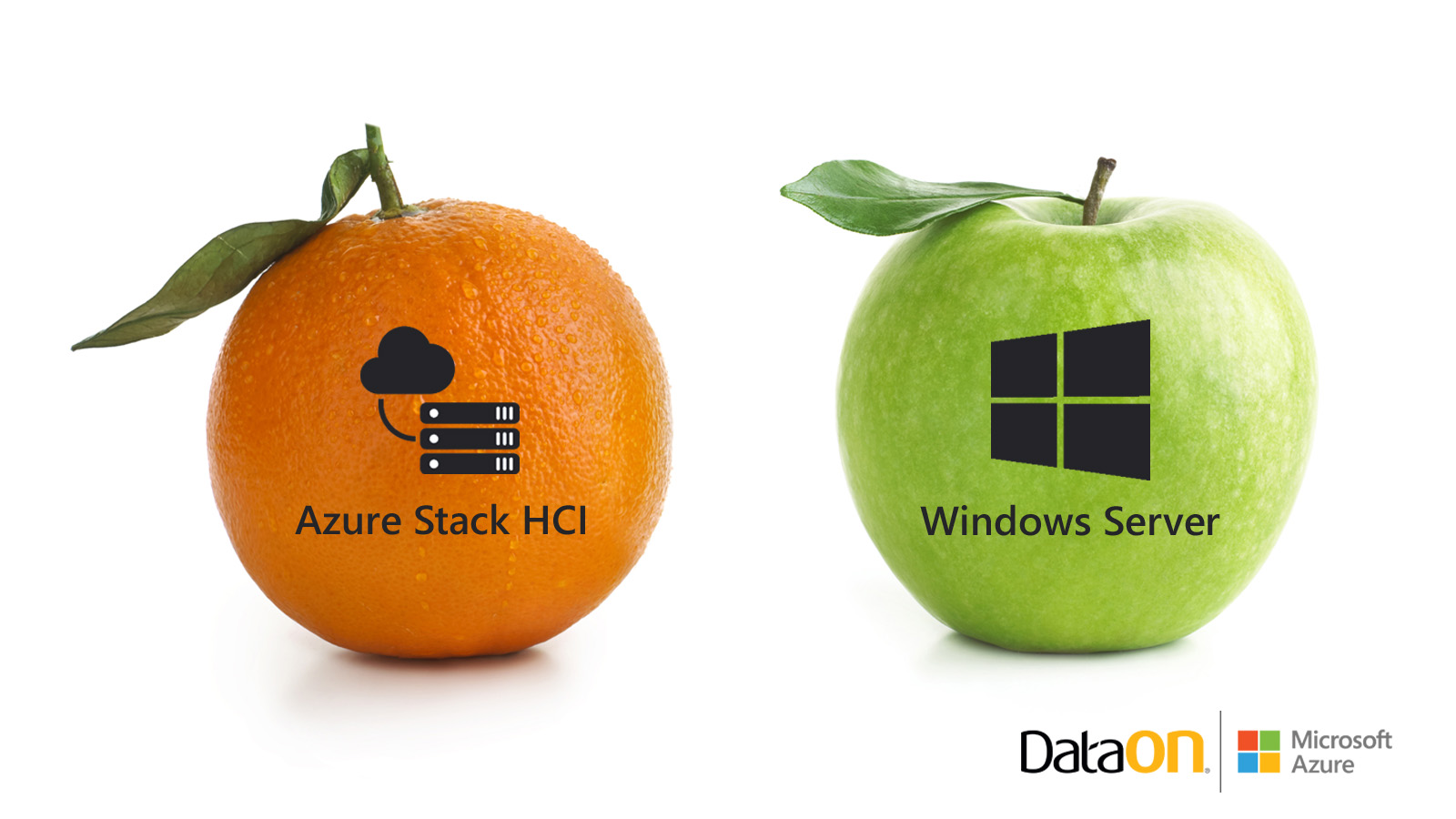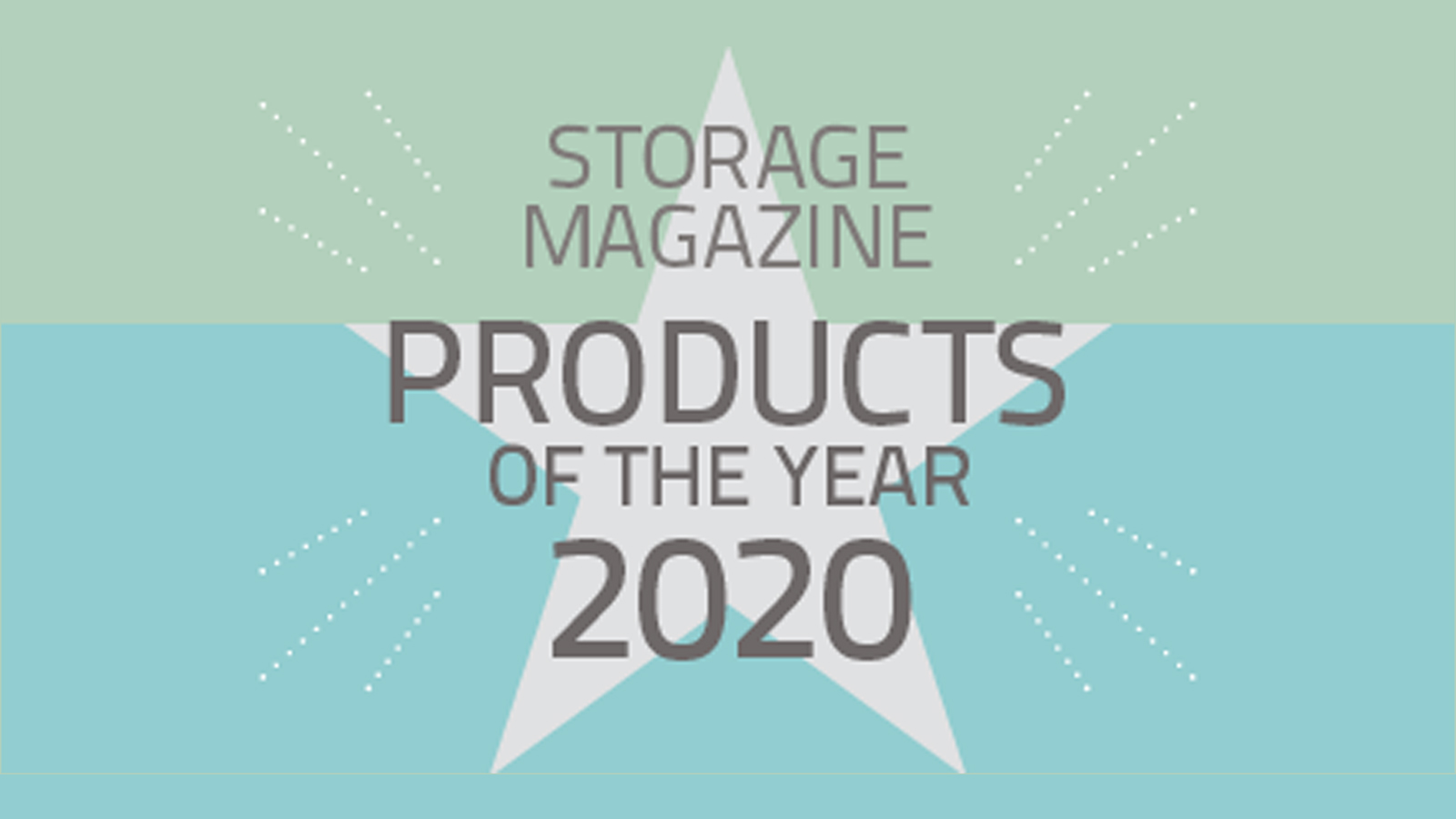Unlock the Power of Azure Hybrid Cloud with 5th Gen Intel® Xeon® Processors and DataON Integrated Systems for Azure Stack HCI

5th Gen Intel® Xeon® processors and DataON Integrated Systems for Azure Stack HCI can help organizations unlock the full potential of their Microsoft hybrid cloud workloads. The provide improved compute and AI performance, enhanced security, and increased scalability. Built-in accelerators in 5th Gen Intel Xeon processors enable organizations to offload tasks from CPU cores. This … Unlock the Power of Azure Hybrid Cloud with 5th Gen Intel® Xeon® Processors and DataON Integrated Systems for Azure Stack HCI







